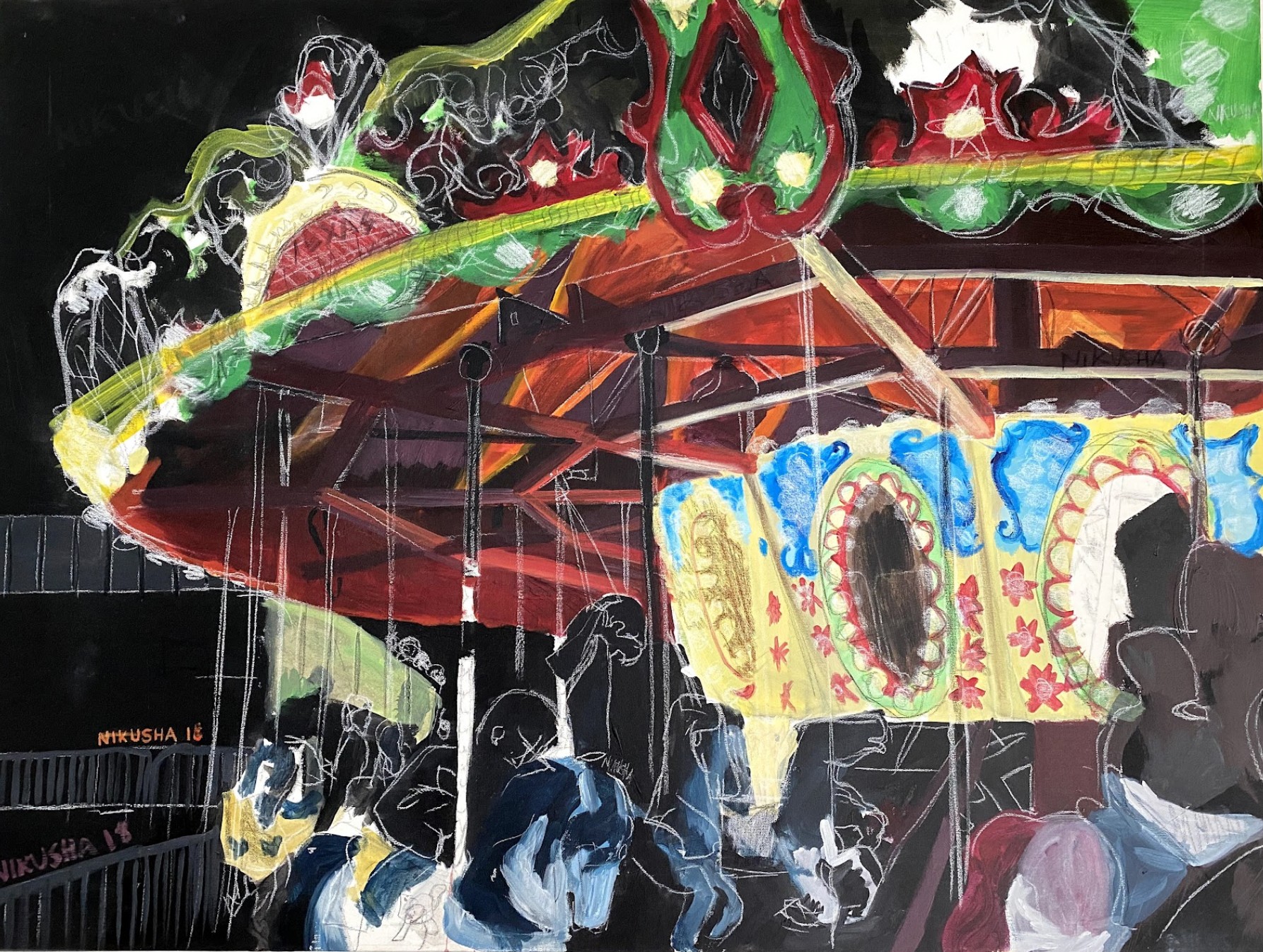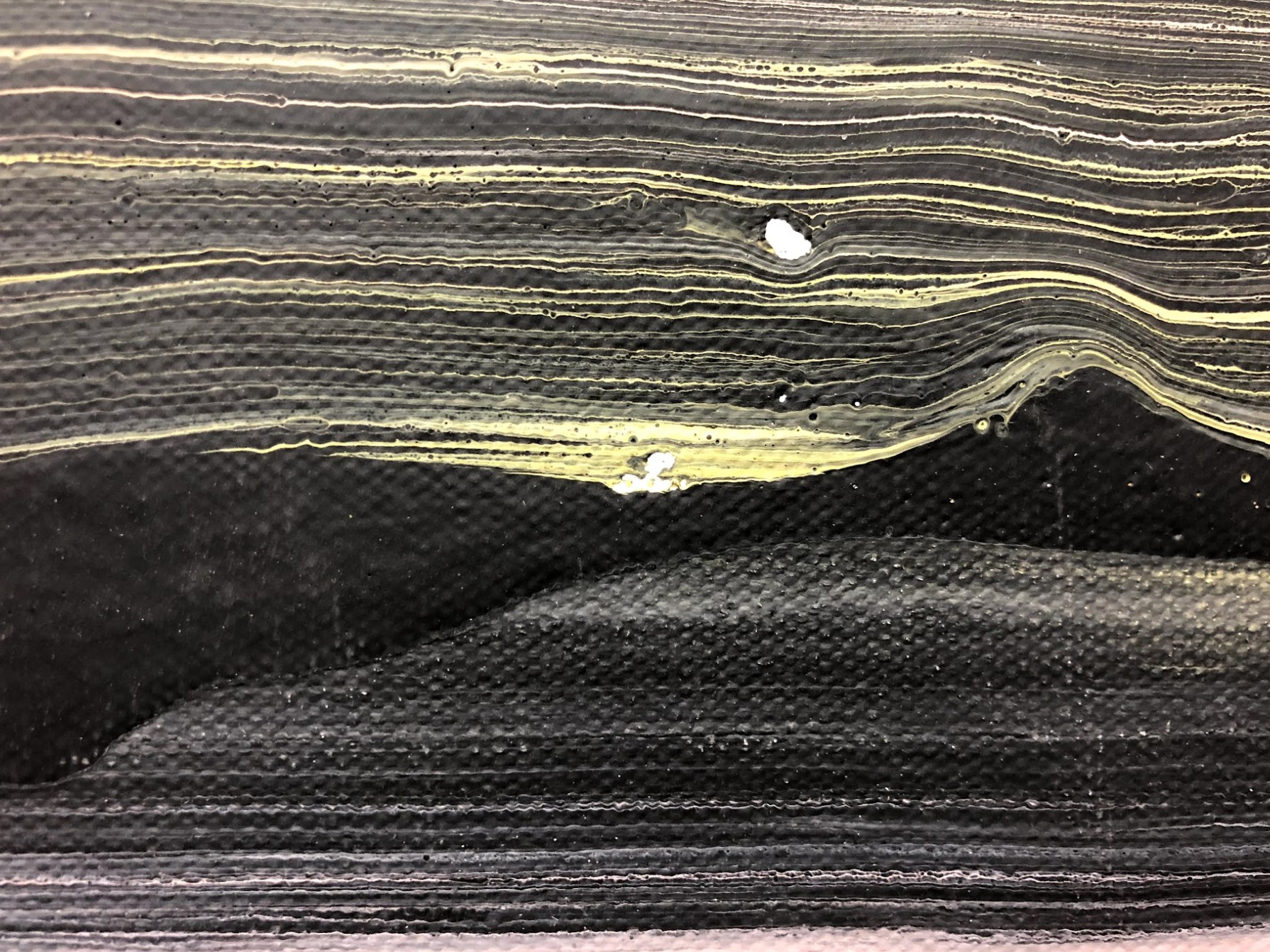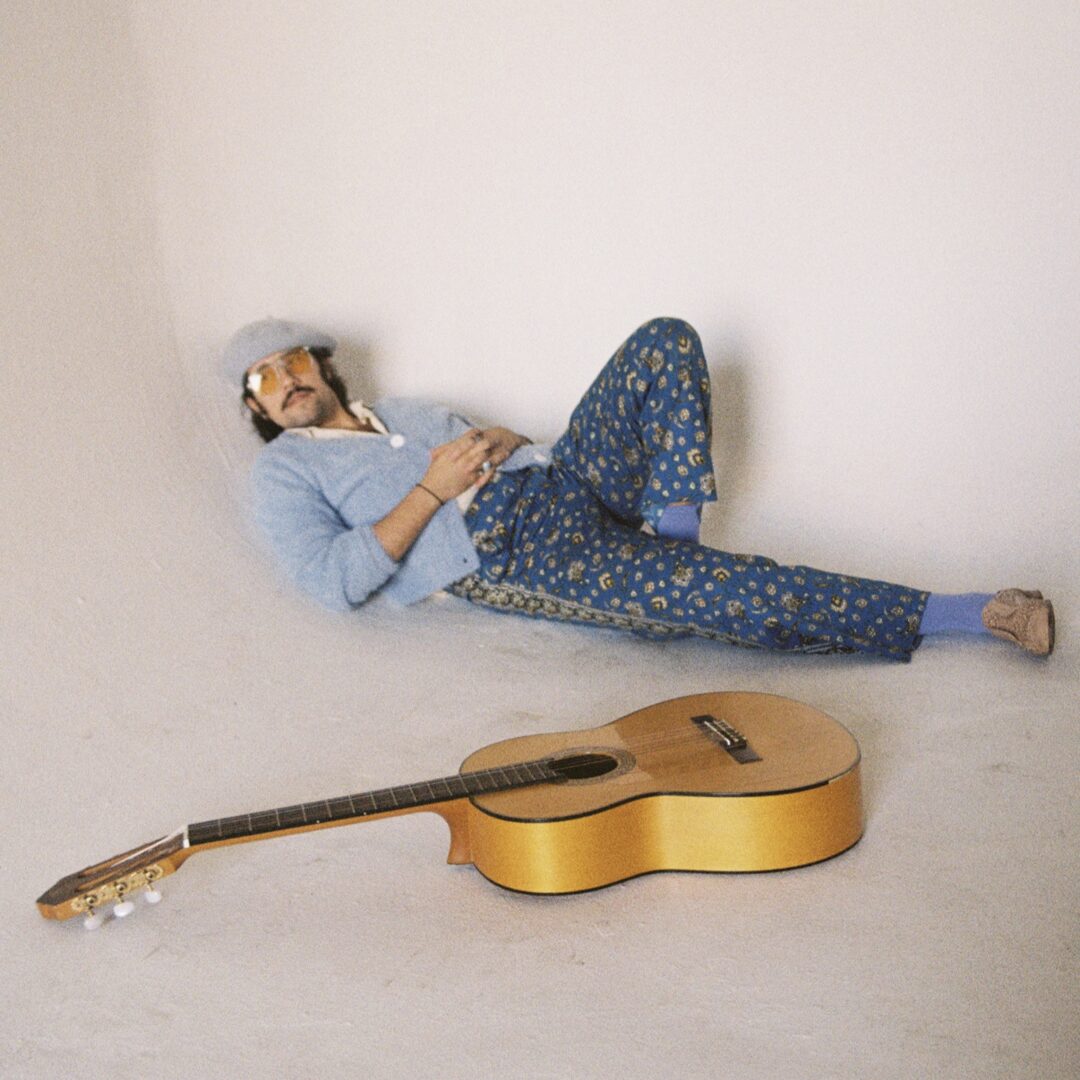We recently connected with Nikusha Beatty and have shared our conversation below.
Hi Nikusha, so happy to have you with us today and there is so much we want to ask you about. So many of us go through similar pain points throughout our journeys and so hearing about how others developed certain skills or qualities that we are struggling with can be helpful. Along those lines, we’d love to hear from you about how you developed your ability to take risk?
For me, risk in art is synonymous with stepping outside one’s comfort zone, embracing the unknown, and experimenting with new ideas and techniques. Over time, I’ve come to view ‘risk’ as ‘curiosity for the unknown,’ which has reframed my approach to challenges in my artistic practice.
As an artist, the fear of judgment and uncertainty about whether my work will be well-received used to hold me back. However, I’ve learned to see risk as an exhilarating aspect of the creative process, where even failure provides valuable lessons. Embracing this mindset has enabled me to push my boundaries, innovate, and evolve as an artist.
As an art teacher, I strive to instill this mindset in my students by creating a supportive environment where they feel encouraged to take creative risks. I introduce them to unconventional techniques and encourage them to explore their unique artistic voices, even if it means stepping outside their comfort zones. By normalizing the idea of failure as a part of the learning process, I help them develop resilience and confidence in their abilities.
While the sensation of risk never completely goes away, I’ve found that preparation, passion for my craft, and the support of my students fuel my confidence. Even after years of teaching, I still feel butterflies before each class, but I’ve learned to channel that energy into enthusiasm, which often translates into a rewarding experience for both my students and me.
My journey with risk-taking has taught me that persevering in the face of uncertainty is essential for artistic growth. By fostering a culture of experimentation and resilience, both in my own practice and in the classroom, I hope to inspire others to fearlessly pursue their artistic passions.
Great, so let’s take a few minutes and cover your story. What should folks know about you and what you do?
Thank you for the opportunity to share a bit about myself and what I do. As an art instructor at Prima Materia Art Institute, my passion lies in guiding students on their artistic journeys, from beginner to mastery.
At my studio, Prima Materia Art Institute, I teach with an accelerated teaching method that empowers even absolute beginners to unlock their innate artistic potential in a matter of months. Through personalized instruction and a focus on nurturing each student’s unique talents, I help individuals discover their own artistic voice and develop skills that go beyond mere technique.
For me, being an artist isn’t just about mastering a craft or pleasing others—it’s about embracing originality. That’s the philosophy I bring to my teaching, encouraging students to explore their natural creativity and express themselves authentically through their art.
What excites me most about my work is the ability to reach students from all corners of the globe through our online platform. Teaching remotely not only allows me the freedom to travel and teach from anywhere—I’m currently in Death Valley, teaching from my van via Starlink—but it also makes art education accessible to anyone with an internet connection.
If you’re new to art or looking to hone your skills, I recommend starting with our Essential Drawing Course, a comprehensive 12-week program designed to take you from beginner to confident artist. And for those interested in painting, keep an eye out for my upcoming Urban Sketching course, where I’ll share my passion for capturing city scenes on the go.
At Prima Materia, we’re dedicated to breaking barriers in art education, making it possible for anyone, anywhere, to pursue their creative dreams. You can explore our course offerings and schedule at primamateriainstitute.com/
Looking back, what do you think were the three qualities, skills, or areas of knowledge that were most impactful in your journey? What advice do you have for folks who are early in their journey in terms of how they can best develop or improve on these?
Reflecting on my journey as an artist and an art instructor, three qualities stand out as particularly impactful: resourcefulness, empathy, and communication skills.
Resourcefulness can mean using unconventional materials like unwanted wood or paper scrap because it is exciting to repurpose what would’ve gone to waste. I believe in no-excuse art making; if I don’t have canvas, I paint on cardboard (just like Picasso and Basquiat), colored textiles, or gessoed newspapers. If I don’t have acrylic or oils, I may switch to house paint, or heavily brewed tea. It’s something I constantly talk about in my classes. Resourcefulness is also about keeping a giant library of ideas and techniques in your head, and expanding that internal resource by researching new artists and their techniques. Books, observations, stories, music, trips to museums, personal life experiences, and conversations with friends are great places to pull inspiration from as well. To be resourceful is to be creative.
Empathy and communication skills are indispensable for art instructors. Empathy allows us to understand the unique needs and perspectives of each student, fostering a supportive and inclusive learning environment. Effective communication, both verbal and visual, is essential for conveying complex techniques and concepts. As instructors, we must be perceptive, patient, and adaptable, tailoring our approach to meet the diverse needs of our students.
My advice to aspiring art instructors is twofold: first, cultivate flexibility and patience. Recognize that artistic talent manifests in various forms, and it may take time to identify and nurture each student’s unique strengths. Avoid imposing your own artistic preferences onto students, instead guiding them while respecting their individuality. Second, provide space for student interpretation and expression. Encourage autonomy and exploration, allowing students to discover their own artistic voice within the framework of your instruction.
As we continue to navigate the ever-evolving landscape of art education, let us remain open-minded, adaptable, and empathetic in our approach.
One of our goals is to help like-minded folks with similar goals connect and so before we go we want to ask if you are looking to partner or collab with others – and if so, what would make the ideal collaborator or partner?
I’m committed to providing my students with opportunities to showcase their exceptional artwork and connect with the broader artistic community. Collaborating with an art gallery, art space, or museum perfectly supports this goal.
My students consistently produce artwork that is not only visually captivating but also conceptually rich. From intricate, small-scale pieces to expansive, wall-sized canvases, their creations encompass a diverse range of styles and themes.
It would afford my students the invaluable experience of having their work displayed in a professional setting, validating their efforts and introducing them to new audiences. In return, the collaborating gallery or art space would have the opportunity to nurture and showcase promising artists, establishing itself as a beacon of innovation and creativity.
I’m enthusiastic about exploring potential collaborations with organizations that share our dedication to fostering artistic talent. If you’re a gallery or art space interested in providing a platform for emerging artists, I would love the opportunity to discuss how we can collaborate to bring our shared vision to life. Please feel free to reach out to me via email at nikusha@primamateriainstitute.
Contact Info:
- Website: nikushabeatty.com
- Instagram: @nikushabeatty
- Yelp: https://www.yelp.com/biz/prima-materia-art-institute-san-diego-3?utm_campaign=www_business_share_popup&utm_medium=copy_link&utm_source=(direct)








Image Credits
Olya Losina, Nikusha Beatty




